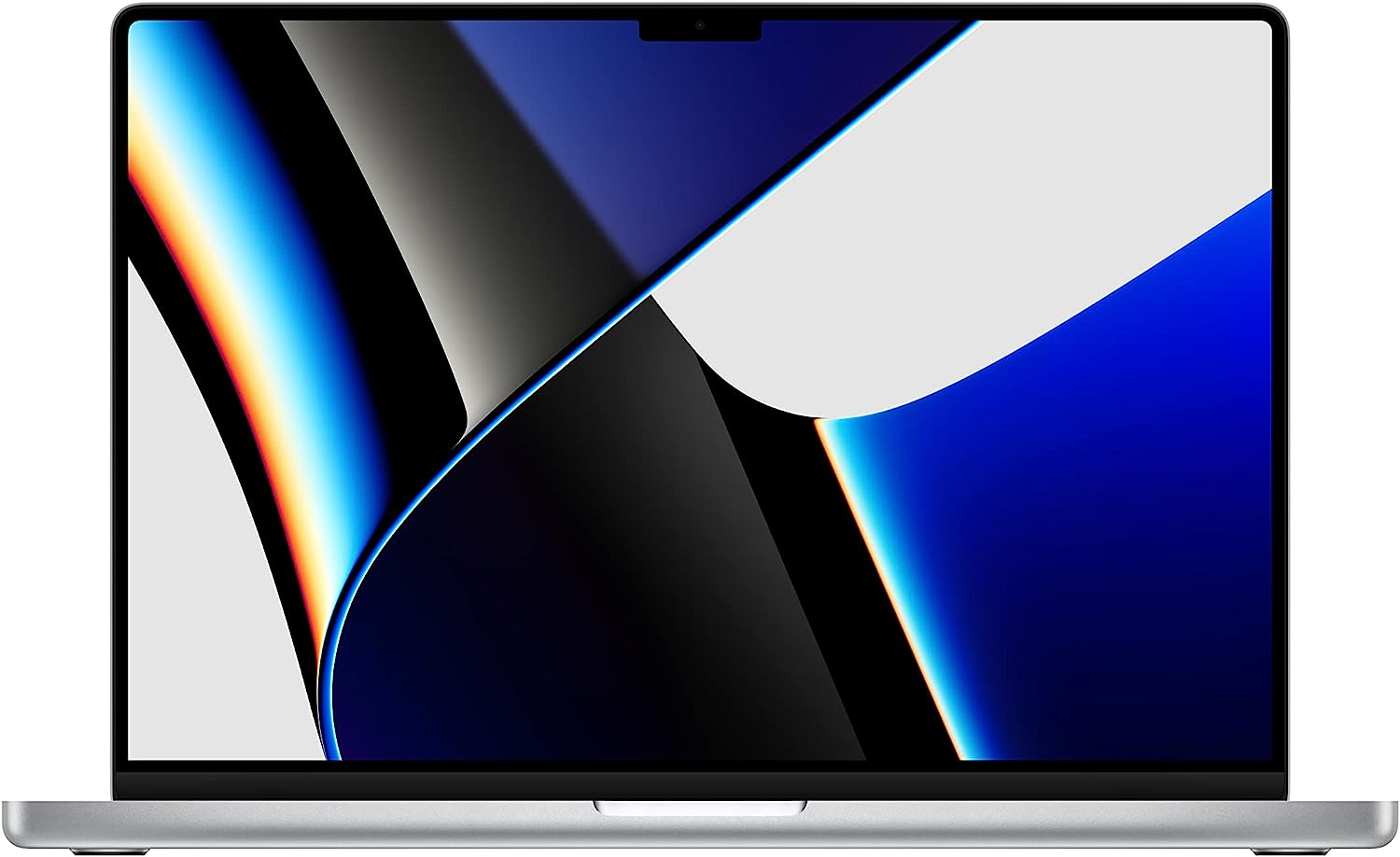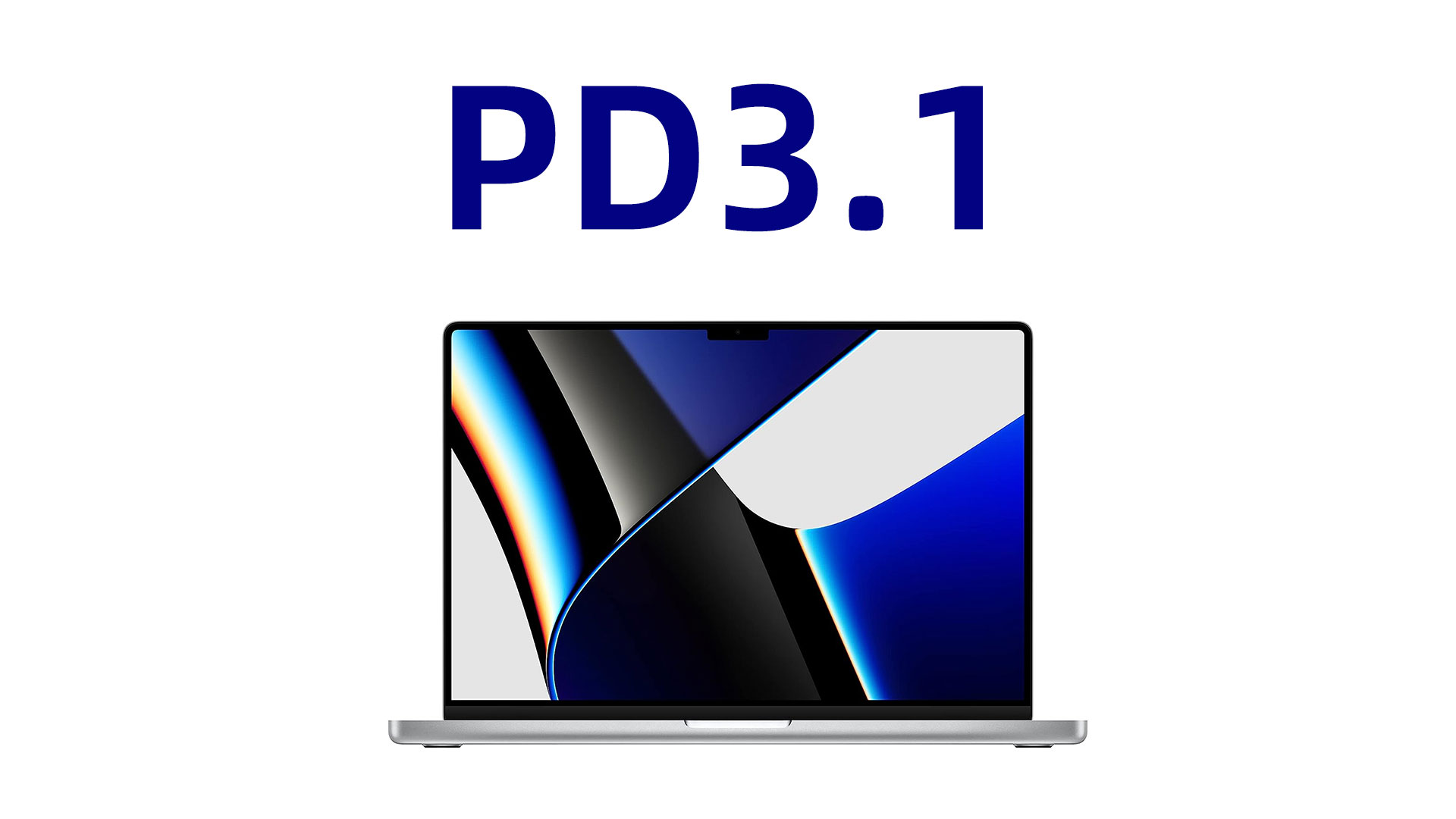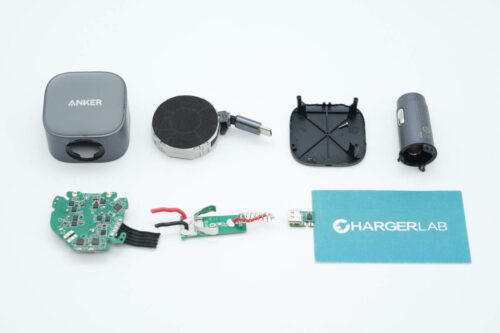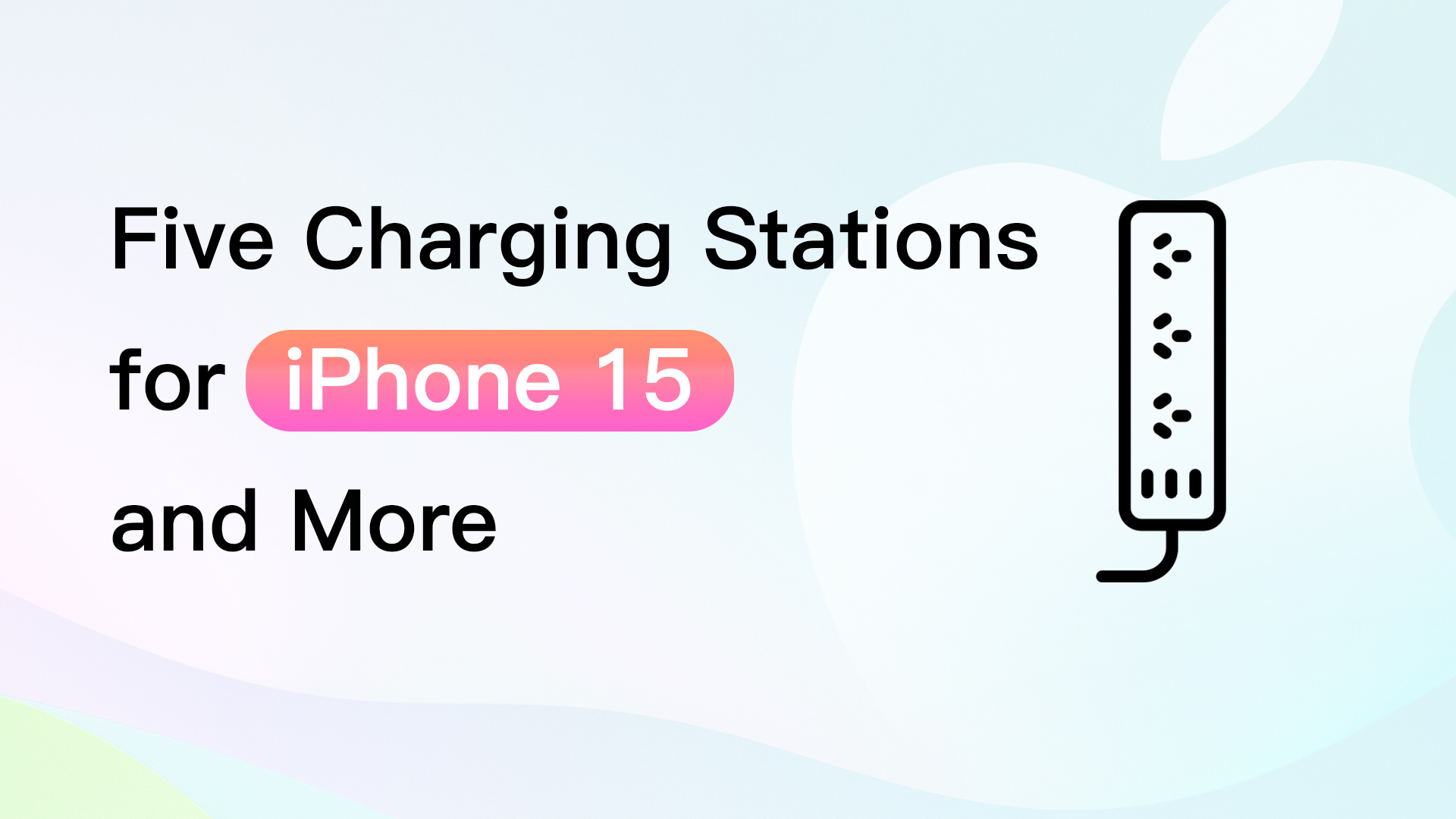Introduction
In May 2021, the USB-IF association officially released the USB PD3.1 fast charging standard, significantly increasing the maximum charging power to 240W. Additionally, the standard introduced three sets of fixed output voltage values (28V, 36V, and 48V) and three sets of AVS (Adjustable Voltage Supply) ranging from 15V to 28V, 15V to 36V, and 15V to 48V.
As the charging market ventures further into the realm of PD3.1, more and more products are embracing this protocol. Notably, laptops are not lagging behind, sort of. The application of PD3.1 technology in laptops signifies a departure from the bulky power adapters to a compact PD3.1 fast charger. So today, let's delve into the laptops that have adopted PD3.1 technology.
Apple
16-inch MacBook Pro 2021

The MacBook Pro, Apple's premium laptop line, has consistently garnered attention since its debut. The 2021 version, in particular, reaches a groundbreaking 140W charging, shattering users' previous expectations of laptop charging. Available in silver and space gray, the MacBook Pro boasts two color options. The 16-inch model features either the Apple M1 Pro or Apple M1 Max chip, both manufactured using a 5nm process. However, the varying core counts offer distinct user experiences. The laptop boasts a 16.2-inch Liquid Retina XDR display with ProMotion adaptive refresh rate technology, capable of reaching a maximum refresh rate of 120Hz.
Charging capability stands as one of the primary differentiators that sets the Pro series apart from other laptops. One of the standout features is the inaugural integration of a 140W charging capacity, coupled with a 140W USB-C power adapter. The laptop is equipped with an array of ports, including three Thunderbolt 4 ports, an HDMI port, a headphone jack, a MagSafe 3 port, and an SDXC card slot.
16-inch MacBook Pro 2023

The successor, the 16-inch MacBook Pro 2023, continues the legacy of its predecessor. Equipped with either the Apple M2 Pro or Apple M2 Max chip, it boasts substantial improvements over the 2021 model, with more cores and a more potent graphics processor, truly delivering an all-encompassing Pro experience. The screen remains a 16.2-inch Liquid Retina XDR display, maintaining a resolution of 3456 x 2234 (254 ppi). With the support of ProMotion adaptive refresh rate technology, it can also reach a maximum refresh rate of 120Hz.
Charging remains steadfast at 140W fast charging, with a 100 Wh lithium polymer battery. This, coupled with Apple's efficient ARM-based SoC, ensures excellent energy efficiency, perfectly suited for on-the-go usage. The port configuration remains consistent with the 2021 model, including three Thunderbolt 4 ports, an HDMI port, a 3.5mm headphone jack, a MagSafe 3 port, and an SDXC card slot.
Summary of ChargerLAB
The integration of the PD3.1 fast charging protocol not only benefits laptop users but also opens up numerous business opportunities for charging accessory manufacturers such as Anker, Baseus, UGREEN and more. Although laptops supporting the PD3.1 protocol are currently limited, the market is brimming with brands producing PD3.1-compatible chargers. This lays a solid foundation for the future PD3.1 laptop market. ChargerLAB believes that in the coming days, more laptop brands will introduce PD3.1-supported products, further enriching the PD3.1 product lineup.
Related Articles:
1. Nice PD3.1 Chargers for Your Laptop and Phone
2. The Era of High-Power Charging | A PD3.1 Cable Buying Guide
3. Amazon PD3.1 Power Bank Recommendation









